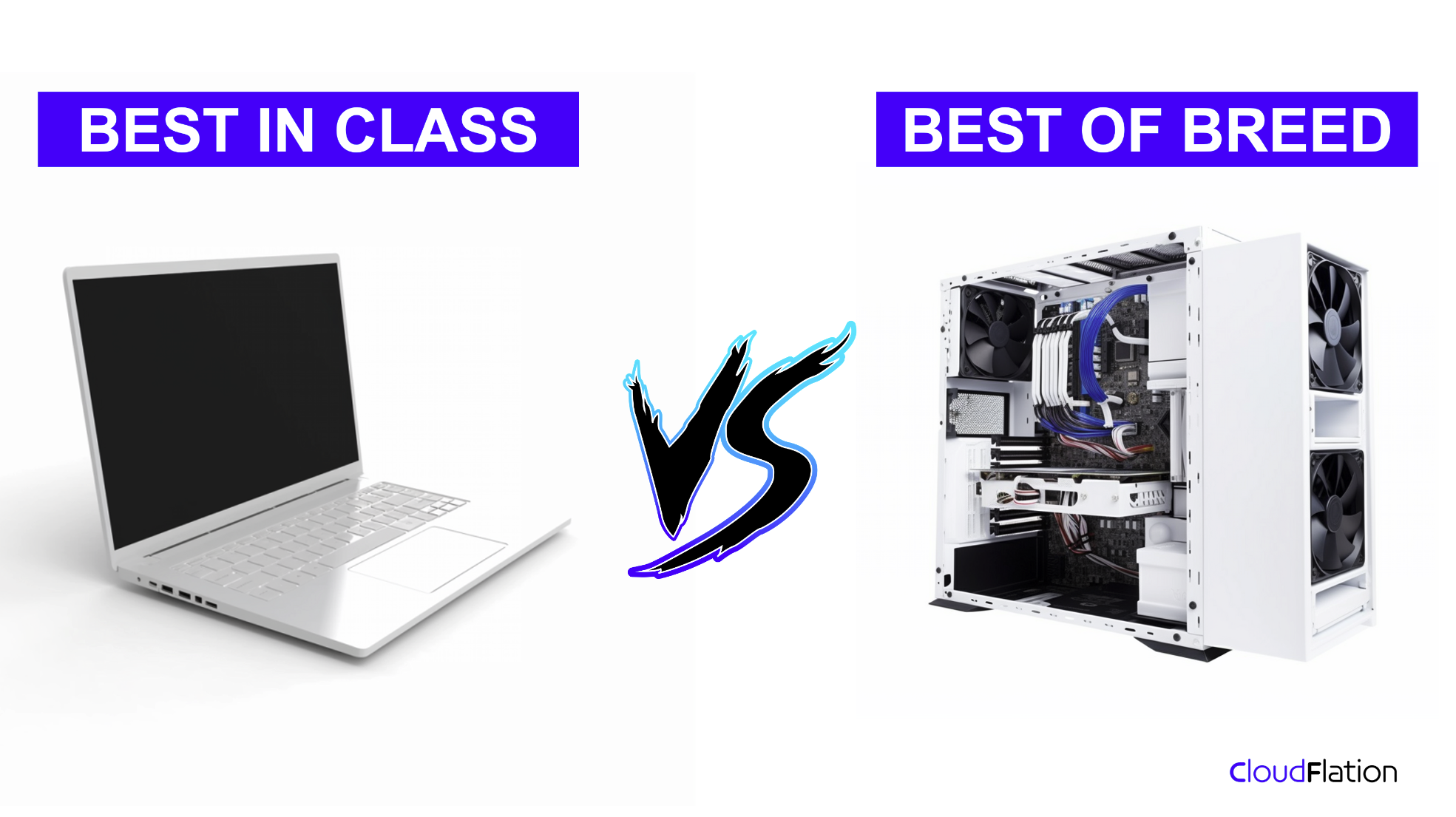In my ongoing discussions with customers, one topic that frequently comes up is the choice between “Best in Class” and “Best of Breed” solutions. It’s a decision that often seems straightforward at first glance, but the implications are far-reaching and can impact various aspects of a project or business. I’ve noticed a tendency among some customers to gravitate towards “Best of Breed” solutions, lured by the promise of specialized excellence.
However, they often overlook the complexities and costs associated with integrating these specialized solutions into their existing systems. To help clarify this important decision, I’ve put together a comprehensive table that compares both strategies across multiple criteria.
| Criteria | Best in Class | Best of Breed |
|---|---|---|
| Definition | A product that excels in its specific category within a suite of products. | A product that is the best in its specific niche, regardless of the suite it belongs to. |
| Integration | Easier to integrate as products are from the same suite. | May require custom integration as products can be from different vendors. |
| Cost | Often less expensive due to bundle pricing. | May be more expensive due to specialized features and integration costs. |
| Customization | Limited customization as it’s part of a larger suite. | Highly customizable to meet specific needs. |
| Vendor Relationship | Single vendor, easier to manage. | Multiple vendors, potentially more complex to manage. |
| Focus | Generalist, aims to meet most needs adequately. | Specialist, aims to excel in a specific function. |
| Updates & Upgrades | Coordinated by a single vendor, less disruptive. | May require careful planning as updates can affect integration. |
| User Experience | Consistent user interface across the suite. | User experience may vary between different products. |
| Flexibility | Less flexible due to suite constraints. | More flexible as you can pick the best for each specific need. |
| Implementation Time | Generally quicker as products are designed to work together. | May take longer due to integration challenges. |
| Risk | Lower risk as you rely on a single vendor. | Higher risk due to dependency on multiple vendors. |
Choosing between “Best in Class” and “Best of Breed” is not a one-size-fits-all decision; it depends on your specific needs, the nature of your project, and your long-term business goals. While “Best of Breed” solutions offer specialized features that excel in their particular niche, they often come with higher costs and complexities related to integration and vendor management. On the other hand, “Best of Class” solutions provide a more streamlined approach, often making them easier to integrate and manage, albeit sometimes at the expense of specialized features.
I hope this comparison aids you in making an informed decision that aligns with your business objectives. Remember, the best choice is the one that serves your needs most effectively, both now and in the future.

